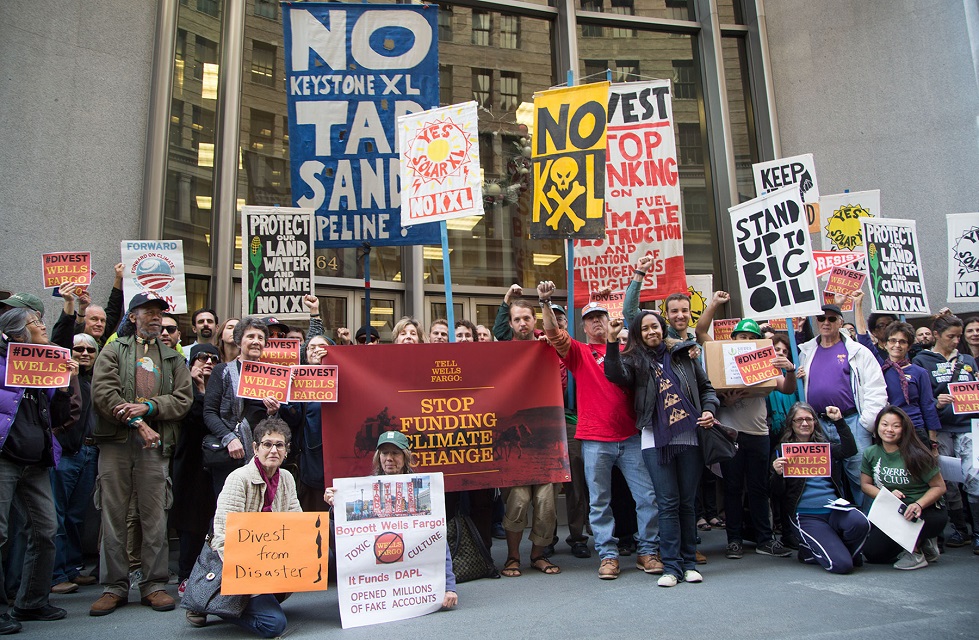The last few weeks have been chock full of activity in the fight against Keystone XL, the massive proposed pipeline that would transport dirty tar sands through the Midwest to the Gulf Coast for export. All these developments have been a bit confusing, leaving a lot of people wondering where this terrible project stands and what’s coming next.
What happened in Nebraska?
As you probably remember, one of Donald Trump’s first acts in office was an executive order seeking to reverse President Obama’s 2015 rejection of the pipeline. TransCanada, the Canadian company behind the project, already had the permits it needed in South Dakota and Montana, so it came down to the Nebraska Public Service Commission (PSC) to decide whether or not TransCanada could build through their state. Last month, the PSC rejected TransCanada’s preferred route, instead approving a route that TransCanada had previously said was unworkable.
This means TransCanada didn’t get what it wanted, and creates more hoops the company has to jump through if it wants to build Keystone XL, like negotiating with a new group of landowners whose property would be crossed by the new route.
What’s going on at the federal level?
Meanwhile, we’re also challenging the Trump administration’s rushed approval of the federal permit for the pipeline. Along with a coalition of other environmental groups, we filed this lawsuit back in March because when the State Department approved Keystone XL’s permit, they did so based on an environmental review from 2014 that, in addition to being completely outdated, had a number of serious flaws and gaps that need to be corrected. TransCanada and the Trump administration tried to have the lawsuit thrown out, but the judge agreed with us that the administration is not above the law, so the case is now moving forward and the judge will decide whether the Trump administration skirted environmental review laws when it approved the pipeline.
Since the Nebraska PSC approved a new route that federal agencies have never evaluated -- and since TransCanada’s original Keystone pipeline has spilled way more than originally predicted, including an enormous spill in South Dakota just a few weeks ago -- our case is even stronger that the administration needs to do a new review under environmental laws like the National Environmental Policy Act (NEPA), the Endangered Species Act, and the Clean Water Act.
How can we keep fighting back?
TransCanada still hasn’t committed to building Keystone XL, and all of these ongoing challenges at the state and national levels are making it less likely that it will decide it’s worth continuing to push forward with this project. This project has been stopped and delayed for nearly a decade, and the dedicated resistance it faces will not be letting up.
One way we can convince TransCanada that it should just give up and walk away is by going after its funding. Banks like Wells Fargo, JPMorgan Chase, and others have billions of dollars worth of loans out to TransCanada, and those loans are up for renewal later this month. If we can convince Wells Fargo that Keystone XL and other tar sands pipelines are a bad investment, we can put more pressure on TransCanada and come one step closer to killing this pipeline once and for all.
ACT NOW: Tell Wells Fargo to divest from Keystone XL.
